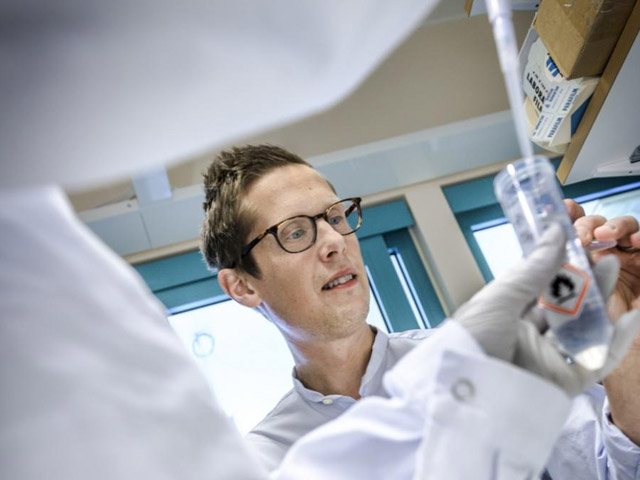Photo: Wikimedia
Cannabinoids THS and CBD
The
harrowing story of young Billy Caldwell’s epilepsy and UK Home Secretary’s subsequent
decision to review the official use of Cannabis for medicinal use, (19 June),
has highlighted the potential medicinal properties of the Cannabinoids THS and
CBD extracted from the Marijuana plant or synthesized.
In
the event, Oxford University’s 16 March announcement of a £10M medical Marijuana
Research programme sponsored by Kingsley Capital Partners through their new
company Oxford Cannabinoid Technologies, (OCT), was both timely and prescient.
CBD
is thought to give pain relief and reduce anxiety while THS gives the ‘high’
that recreational Cannabis users seek. It is this ‘high’ that has resulted in Cannabis
being labeled a ‘controlled’ narcotic drug in UK and classified by the Misuse
of Drugs Act, 1971. Additionally the Misuse
of Drugs Regulations Act of 2001 placed Cannabis in the category for substances
with no medicinal value.
Marijuana has been cultivated
since Neolithic times and Cannabis used in folk medicine for at least 3,000
years. The earliest written reference to Cannabis as a healing agent was in the
15th century BCE Chinese Pharmacopeia Rh-Ya. More recently in modern
times during the 19th and first decade of the 20th
century Cannabis was prescribed in USA and UK for a number of ailments. It was first labelled as a dangerous drug by
Massachusetts in 1911 and thereafter elsewhere in USA. It was added to the UK’s
Dangerous Drugs Act in 1928.
It was not until 1996, when
California became the first US State to re-legalise Marijuana for medical use,
that cannabis began its long journey back as a responsible treatment therapy
for cancer, AIDS, and other diseases and disorders.
As
a consequence of marijuana’s illegal narcotic drug status throughout most of
the 20th century, both scientific and clinical research into the
medicinal benefits of Cannabinoids was severely restricted. However, recent and now accelerating trends
in Cannabis legislation have at last made it possible for scientific and
clinical researchers to study the medical properties of Cannabinoids as possible
antitumour agents as well as their expected therapeutic treatment applications
in cancer and other diseases and disorders.
The
Oxford research project will focus on two of the 100 or so Marijuana Cannabinoids
for their anticancer and therapeutic potential in treatment of cancer, inflammatory diseases, pain management and neurological disorders.
In
USA the Federal Drugs Administration, (FDA), approved two synthetic cannabinoid
drugs (dronabinol and nabilone) for the treatment of nausea and vomiting induced
by chemotherapy in those cancer patients who have not responded to standard
therapy. Both are available in UK on adult prescription only.
Inhaled
Cannabis
While
there have been a few uncontrolled clinical trials on the use of inhaled Cannabis
in cancer patients, the data has been insufficient to provide any acceptable assessment
of its beneficial use in chemotherapy induced nausea and vomiting, (N/V). There
are however valid concerns about the adverse pulmonary effects
of inhaled Cannabis since Cannabis smoke contains
many of the same components as tobacco smoke
which is a prime cause of lung cancer.
Further Reading
History of
Marijuana as Medicine – 2900BCE to Present.
Cannabis: A
Journey Through the Ages
Cannabis:
Pharmacology and toxicology. .
New £10M cannabinoid
biomedicine research programme launched.
Clinical Potential
of the Cannabis plant.
Nabilone for
treatment of chemotherapy induced nausea and vomiting.
.












